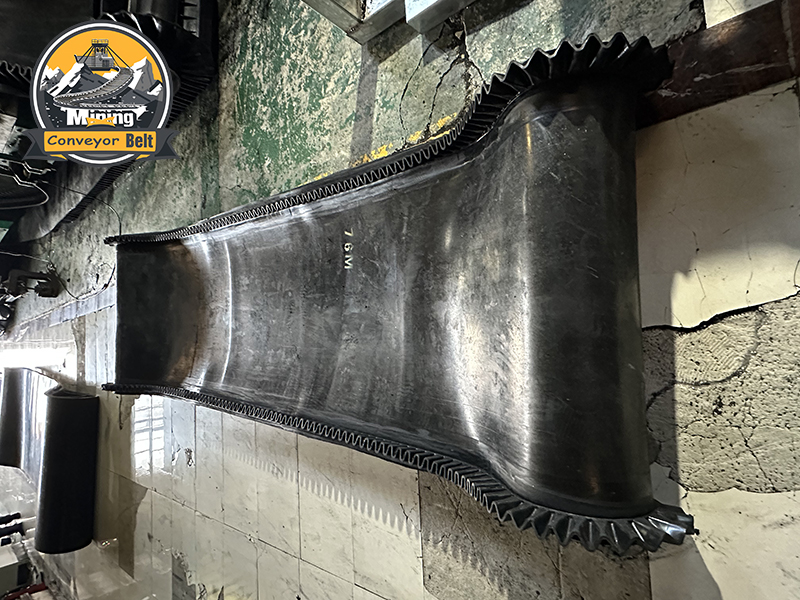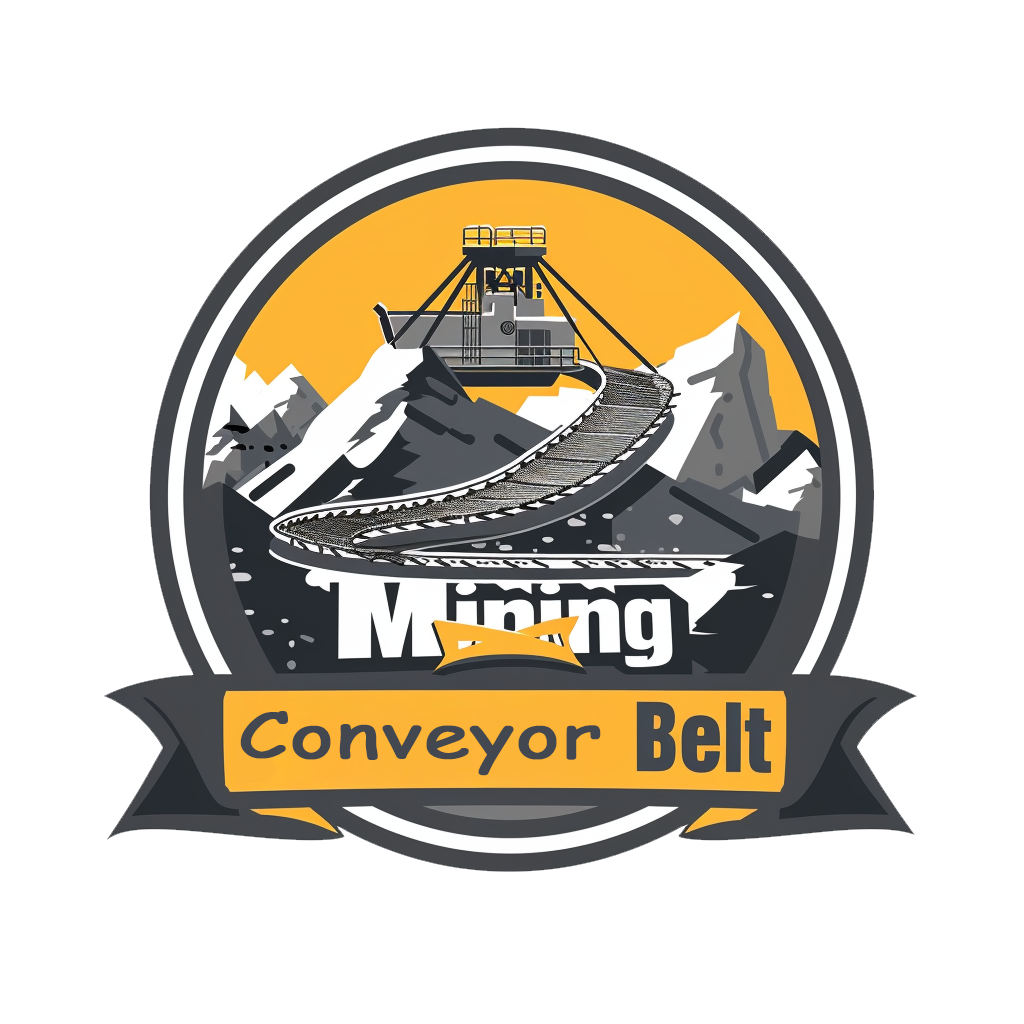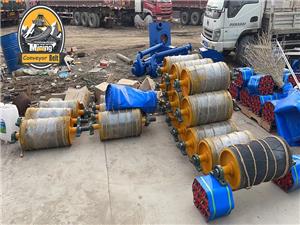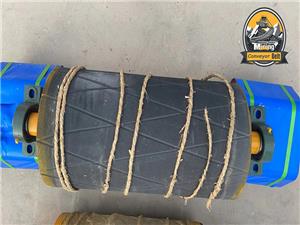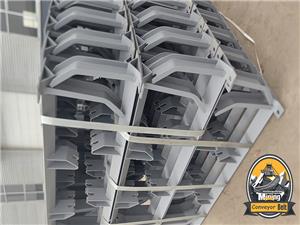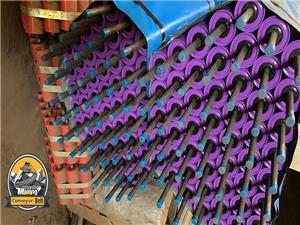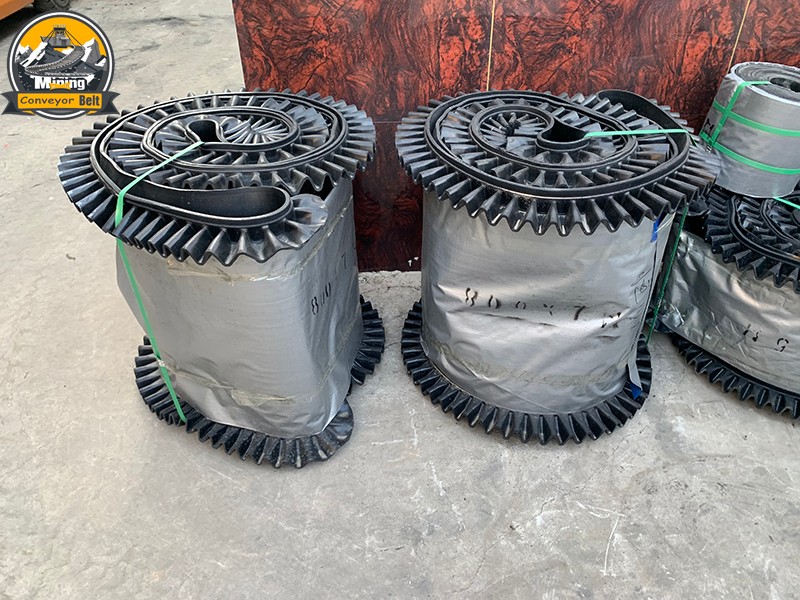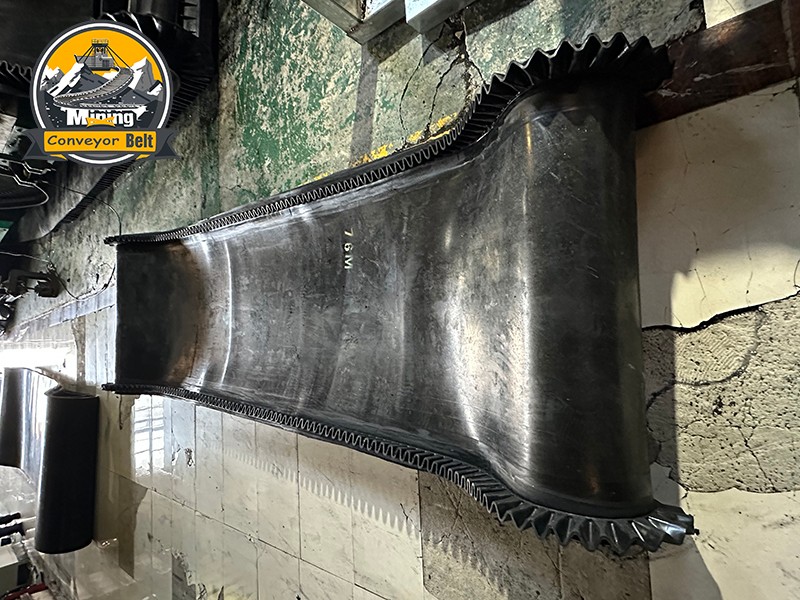
Skirt Conveyor Belt: A Comprehensive Guide to Its Benefits and Applications
Brand Xiamen Mining
Product origin Xiamen
"Xiamen Mining's Skirt Conveyor Belt tackles steep conveying with two designs, offering versatility, high capacity, and efficiency for diverse materials and angles up to 90°, minimizing civil work."
In the rapidly evolving world of industrial automation, businesses are constantly searching for ways to improve efficiency, reduce costs, and ensure smooth material handling operations. One such solution that has gained significant attention is the skirt conveyor belt (also known as the wave-shaped edge conveyor belt). Known for its ability to handle large angles of incline and prevent material spillage, the skirt conveyor belt has become an essential component in a wide range of industries, from mining to agriculture.
But why should businesses consider using a skirt conveyor belt? What are its primary advantages? And how can companies address the common challenges that come with using such systems? In this article, we will explore these questions and discuss the key features of the skirt conveyor belt based on the provided knowledge.
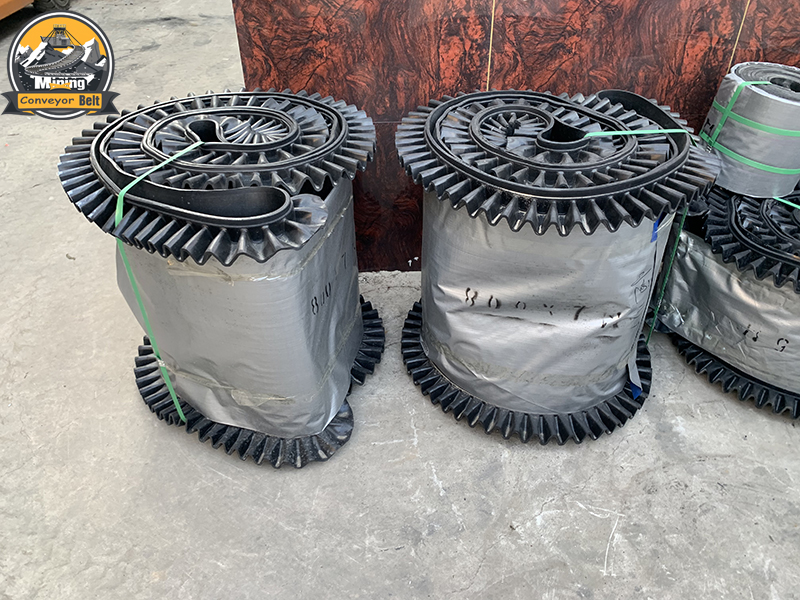
What is a Skirt Conveyor Belt and How Does It Work?
A skirt conveyor belt is a specialized type of conveyor belt designed with lateral wave-shaped edges (or skirts) that help prevent material from slipping off the conveyor during transportation. The belt consists of three key components:
High-Strength, Abrasion-Resistant Base Belt – This provides the necessary lateral rigidity and longitudinal flexibility to withstand heavy-duty use.
High-Strength, Heat-Vulcanized Rubber Wave-Shaped Edges (Skirts) – These skirts prevent the material being transported from spilling over the sides, even on steep inclines.
Transverse Dividers – These help prevent material from sliding and ensure a steady flow of the load, especially when dealing with bulk materials.
These features allow the skirt conveyor belt to handle a wide range of materials, including coal, ore, sand, fertilizers, and grains. The material's particle size can vary from very fine to large chunks up to 400mm in size, with conveyor capacities ranging from 1 cubic meter per hour to 6000 cubic meters per hour.
What Makes Skirt Conveyor Belts So Beneficial?
1. Ability to Convey at High Angles
One of the biggest concerns for businesses using traditional conveyor belts is the issue of transporting materials at steep angles. Skirt conveyor belts, however, can handle inclines ranging from 30 to 90 degrees, making them perfect for operations that require significant vertical lifting. This flexibility allows for the efficient transport of materials over long distances without requiring complex and costly lifting systems.
2. Large Conveying Capacity
Another major advantage of skirt conveyor belts is their ability to handle large volumes of material. Depending on the specific model and design, these belts can carry anywhere from 1 cubic meter per hour to 6000 cubic meters per hour. This makes them suitable for industries with high-volume material handling needs, such as mining, construction, and agriculture.
3. Space Efficiency and Reduced Infrastructure Costs
Skirt conveyor belts are designed to be compact and flexible, requiring minimal space. This feature is particularly valuable for businesses operating in environments with limited space. The ability to transport materials at multiple angles (horizontal, inclined, and vertical) also reduces the need for additional conveyor systems or transfer points, ultimately cutting down on infrastructure costs and simplifying the system layout.
4. Lower Energy Consumption and Maintenance Costs
Thanks to their efficient design, skirt conveyor belts consume less energy than traditional conveyor systems. This leads to reduced operating costs over time. Moreover, the belt's simple structure means it requires less maintenance, further lowering the total cost of ownership. With a skirt conveyor belt, businesses can reduce their energy expenses while simultaneously extending the service life of their equipment.
Common Challenges and How to Address Them
While skirt conveyor belts offer significant advantages, they are not without their challenges. Here, we’ll address some common problems and provide practical solutions:
Problem 1: Belt Misalignment
Belt misalignment is a common issue that can lead to uneven material distribution and increased wear on the conveyor. To address this problem, businesses can incorporate guide strips into the design of their conveyor system. Guide strips help keep the belt in alignment, reducing the risk of material spillage and ensuring the longevity of the conveyor.
Problem 2: Edge Wear or Skirt Detachment
One of the most frequently encountered issues with skirt conveyor belts is the detachment of the skirts, which can occur due to heavy wear or poor manufacturing quality. To prevent this, companies like Xiamen Mining have designed improved molds that provide seamless skirts and reinforce the base of the skirts, ensuring they remain securely attached throughout their operation. Additionally, circumferential joints are used instead of traditional heat-bonding methods, significantly reducing the risk of skirt detachment.
Problem 3: Divider Damage or Detachment
Transverse dividers are crucial for ensuring the stability of the material being transported. However, in harsh conditions, these dividers may detach or wear out. The solution lies in choosing the right materials for the dividers and ensuring proper installation. At Xiamen Mining, for example, custom-made dividers with fiber layers are used, providing additional strength and preventing detachment during operation.
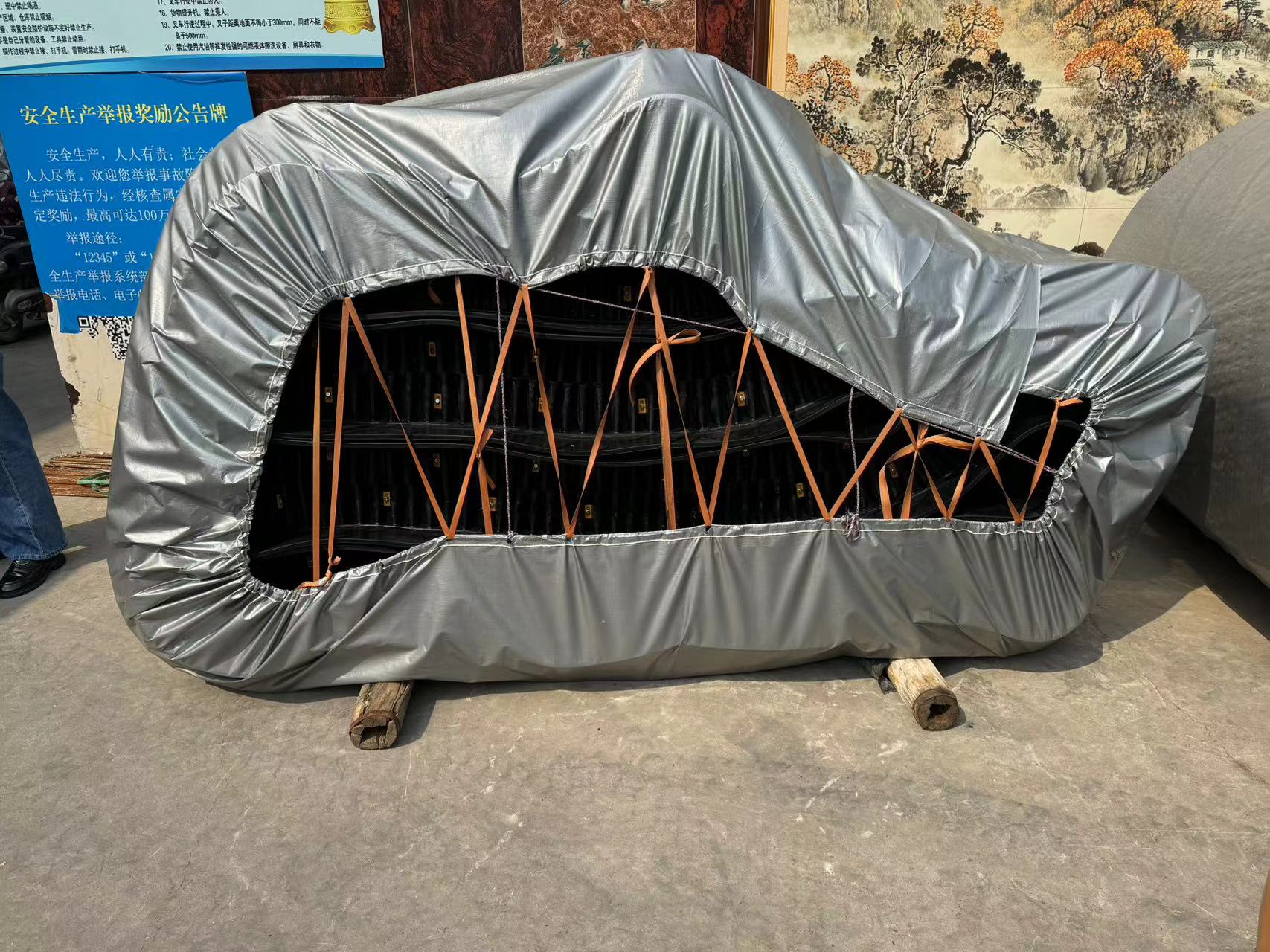
Conclusion: Why Choose a Skirt Conveyor Belt?
Skirt conveyor belts offer a highly effective solution for businesses looking to enhance their material handling processes. With their ability to convey materials at steep angles, handle large volumes, and save space, they are ideal for industries ranging from mining to agriculture. Their low energy consumption and reduced maintenance costs make them a cost-effective choice in the long term.
By addressing common issues such as belt misalignment, skirt detachment, and divider damage, businesses can ensure that their skirt conveyor belts operate at peak performance for years to come. As a result, choosing a skirt conveyor belt is a wise investment for any company aiming to improve its operational efficiency and reduce costs.
Are you ready to enhance your material handling system? Consider integrating a skirt conveyor belt into your operations and experience the benefits firsthand.
